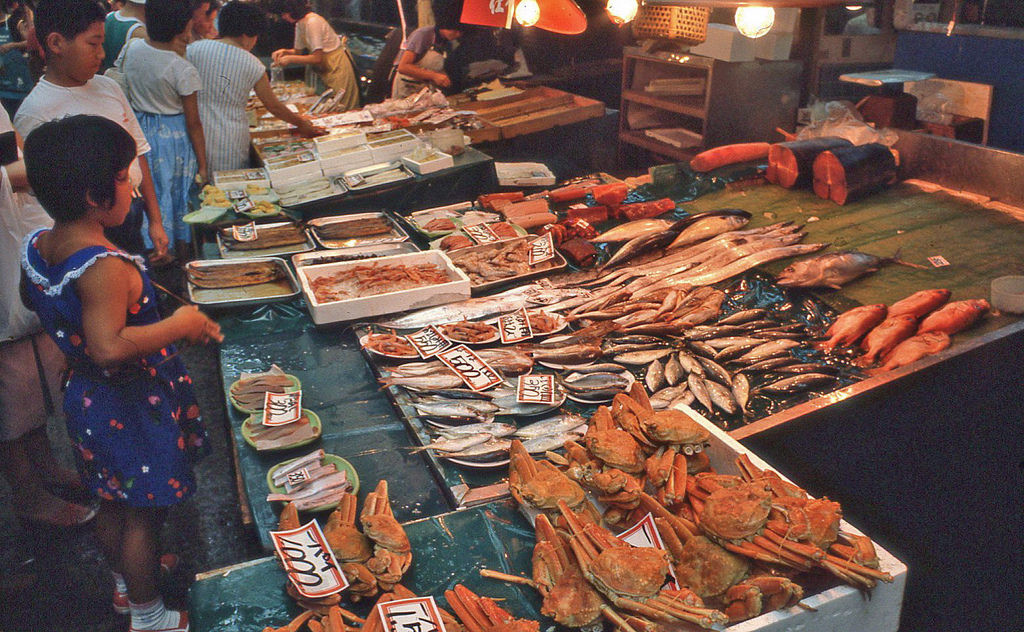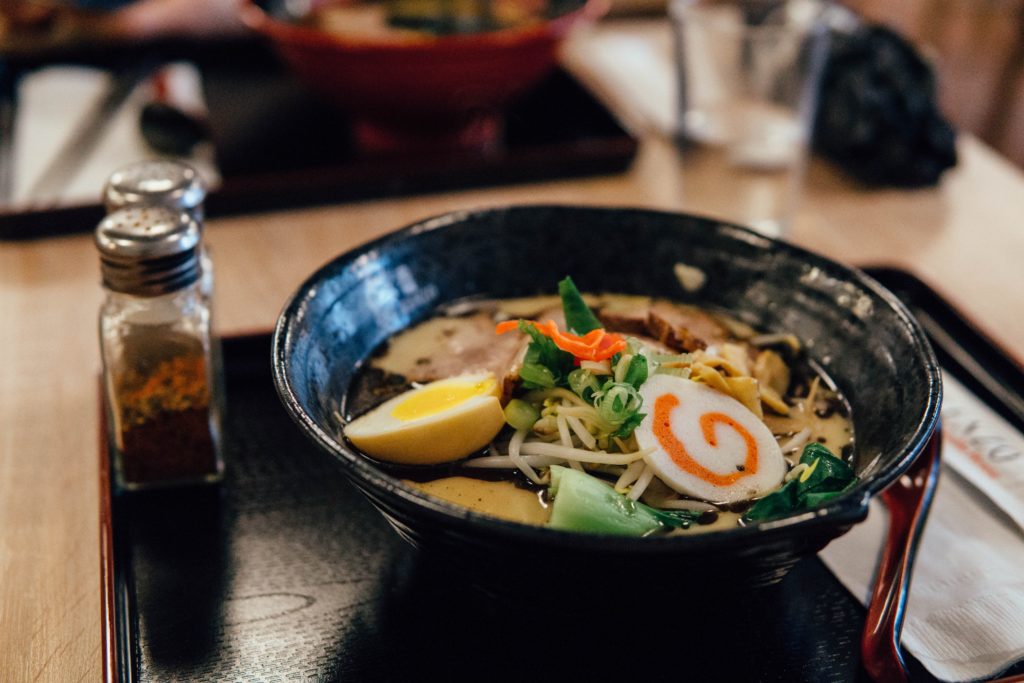Today was supposed to be my “one day before departure” for my tour to Japan. Like so many group leaders going to Japan in the spring, I had to cancel the tour. Thanks to EF’s Peace of Mind Program and my hard-working tour consultant, Brandi Longtin, the cancellation process was smooth. My group chose not to travel on an alternate tour this year. Since most of my students are sophomores, I told them I would organize another tour to Japan in 2013, which would be their senior year. A few students (and their family members) ended up enrolling in my 2012 spring break tour to England and Scotland. I have never had to cancel a tour with EF.
I was very disappointed, especially since this tour was two years in the preparation and fund-raising. I divided all of the money we raised as a group with everyone and I gave each person the money they earned from all of the bake sales. That took some of the “sting” out of the nonrefundable enrollment and all-inclusive insurance fees. Compared to the Japanese people affected by the triple tragedy of the earthquake, tsunami, and nuclear fallout, we are so fortunate. My students have made other plans for the spring break and so have I. I will be going to Japan after all. I had already planned to stay behind in Japan for a few days after my group returned home in the care of my chief chaperone. Late last month after our tour was cancelled, I booked my own flights to Japan. I would not go to Japan at this time with other people’s children, but I don’t have any qualms for myself.
My mother is still visiting family members in Japan. Her regular reports have been upbeat and reassuring. She says this is nothing compared to what she experienced during World War II and the American occupation. Waiting in line for a couple of hours to buy groceries after the earthquake was a breeze compared to the food shortages she experienced after the war ended. There is a Japanese phrase that sums up that country’s resilient attitude, back then and now: Shikata ga nai (“It can’t be helped.” or “Nothing can be done about it.”) She tells us she is eating fresh vegetables and drinking the water in Tokyo. If my mother feels safe for her own children to come to Japan, then that’s good enough for me.
I am going to spend most of my time in Tokyo and make a short trip to Kamakura. I hope I can check out a few places for when I return in 2013 with my students. My two sisters and my brother will be joining me in Japan and we are going to spend our time visiting relatives and just relaxing. One of the best things we will be doing is “eating local.”
Even on a packaged group tour for students, it is possible to eat local foods. The itineraries on nearly all of the tours provide some free time during lunch. Many group leaders and their students have certain expectations about the food they want to eat in a foreign country. Before they depart, group leaders can share a list of typical and interesting foods from their country. Students can do some research about the local foods and share it at a pre-departure meeting.
I encourage my groups to check out the local grocery stores and markets. We look at what the food vendors on the streets are selling. As long as the food is served hot, then there should not be a problem. I have eaten a ton of local food across Asia, thanks to my Fulbright fellowships to India, Japan, Thailand, and Vietnam, a Korea Foundation trip to South Korea, and an EF training tour to China. I cannot recall a single instance of getting ill while eating the local food. My best travel memories have come from the foods I have eaten and the hospitality of the people who served them to me.
It is important for group leaders to prepare their students about what to expect when it comes to food in a foreign country. Over the years, I have seen students become more apprehensive about trying new foods. I blame this trend on the fact that they eat out more with or without their families and they have been ruined by all the fast food they consume. An overseas tour is what they need to change and challenge their taste buds.
Whenever my twin sister goes on a tour with me, she often brings onigiri (seaweed-wrapped rice balls) made by our mother for us to eat at the airport. When we were in primary school, we used to beg her to make American sandwiches for our school lunches. I can’t believe we complained about her rice balls! One of my students asked to try one and he is now studying in Osaka, Japan. I believe that the first rice ball he ate turned him into a Japanophile.
I am not planning to spend a fortune on food during my stay in Japan. I do not need to eat all of my meals in the more expensive “sit-down” restaurants. Most of my meals will probably come from the convenience stores, department stores, kaiten –zushi (conveyor-belt) restaurants, noodle and ramen shops, and the street stalls (restaurants-on-wheels). Even the vending machines offer a great variety of foods and beverages. My students laugh about the name of one popular beverage company in Japan—Calpis. I may have to get a picture of me drinking a bottle of Calpis.
When I am visiting my relatives in Kamakura, I want to check out the “Amish Cooking” restaurant. I saw the sign in 2007 when my group visited the second-largest statue of Buddha in Japan, the Great Buddha of Kamakura (Kamakura Daibutsu). I’ve never eaten at an Amish restaurant before, so this may be a good place to start.
Every tour has been a learning experience for me and the same can be said for a tour that has been cancelled. I think it is important for group leaders to monitor events in the countries on their tour itinerary and to communicate what they know to their group. Right after the March 11 earthquake, I informed my group that we should wait until April 1 when the US State Department’s travel warning to Japan might be lifted before we make any decision about our tour. Of course, the situation in Japan worsened instead of improving. When I spoke to all of my parents individually in late March, I knew about their level of fear and concern for their children. Cancelling the tour was not a difficult decision to make, just a disappointing one. My parents were very supportive and understanding. They seemed to accept the attitude of Shikata ga nai.
I told my students at a school meeting that they will have the opportunity to go to Japan in their senior year when they are older and wiser, which would be a plus for me as their group leader. I can take them to all of my favorite places to eat in Tokyo, the ones I’m planning to find during my own spring break tour to Japan next week. My two sisters wonder how I will cope not being on a strict travel schedule and not having to keep track of a group of high school students. A favorite family saying would be my response: “Don’t worry about me. I’ll get by somehow.” I’ll have to ask my mother how to say this in Japanese.
Related articles



